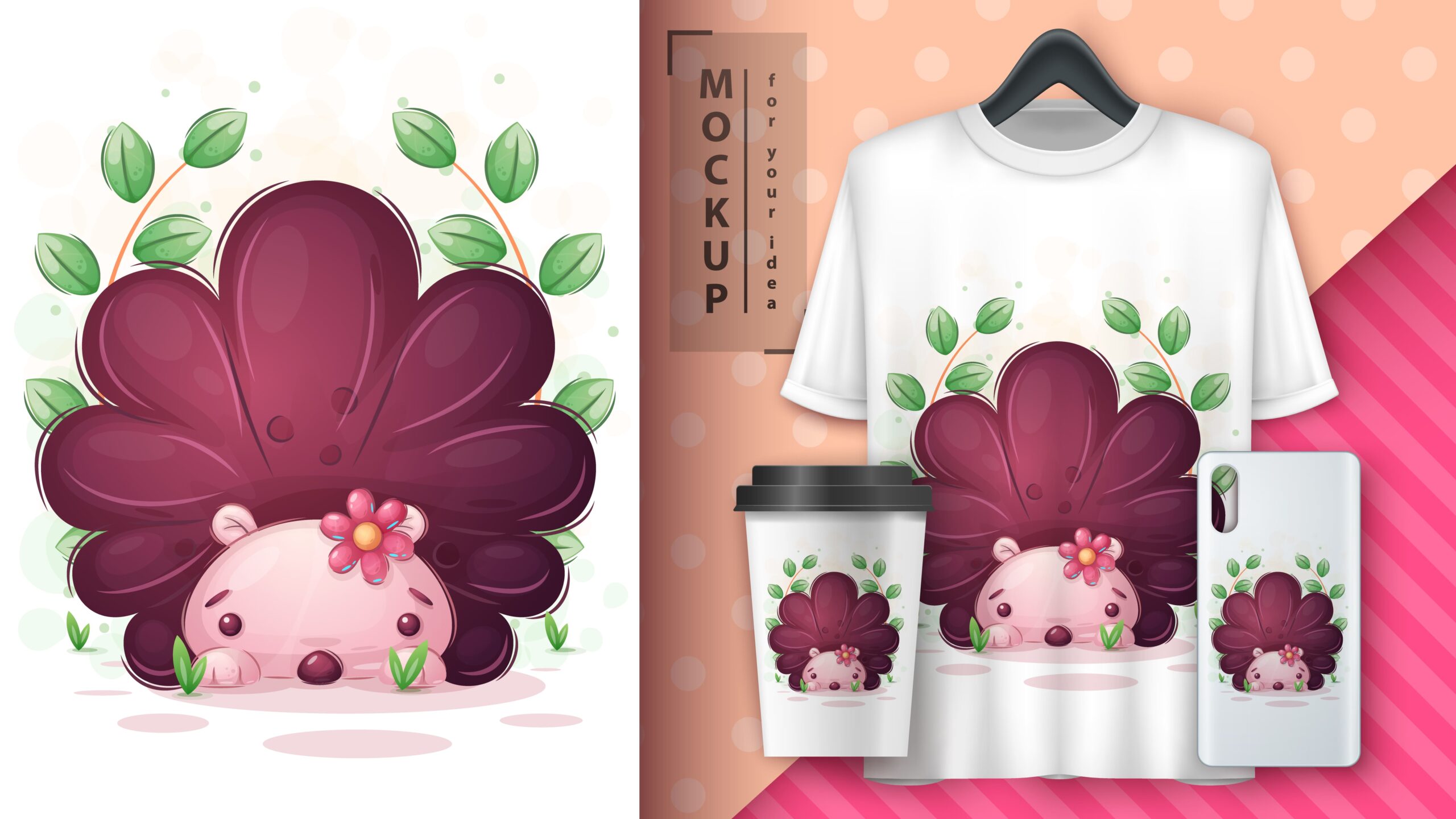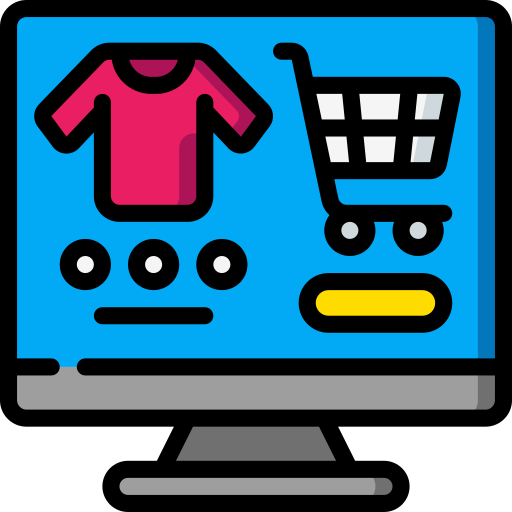The beauty of print-on-demand is that it empowers anyone to become a creator, turning digital designs into tangible products with ease. Imagine browsing through the seemingly endless library of high-quality images on Shutterstock, envisioning them perfectly placed on your next best-selling t-shirt or coffee mug.
But before you hit download and start printing, a crucial question lingers: Are those stunning Shutterstock images actually licensed for commercial use in your print-on-demand business?
Navigating the world of stock photo licenses can feel like a minefield, and understanding the rules for POD is essential to avoid costly mistakes.
What is Shutterstock?
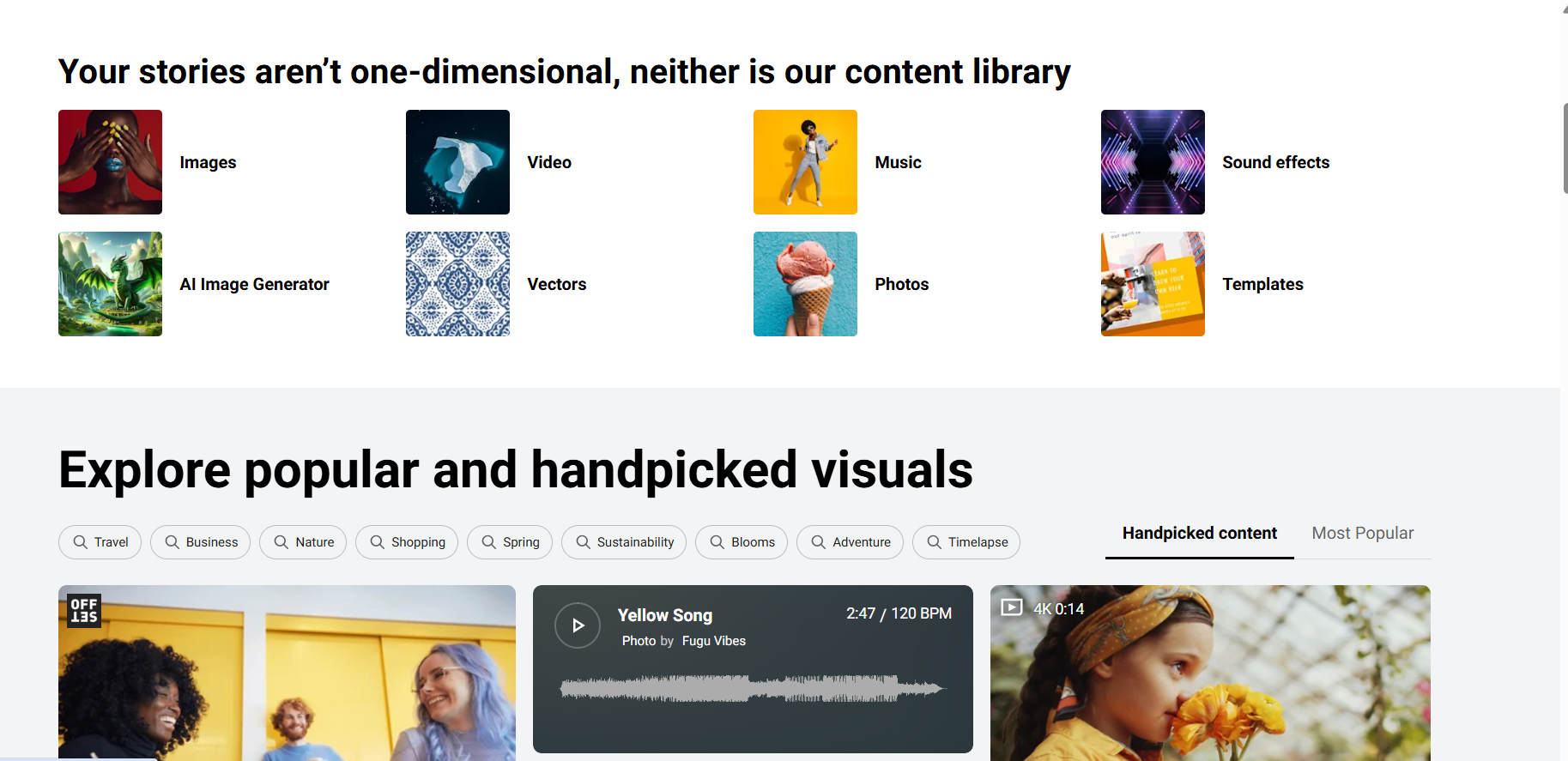

Shutterstock stands out as a widely used online platform specializing in stock photography and video, offering businesses and individuals a gateway to an extensive and licensed library of images, videos, and music tracks.
Housing an impressive collection exceeding 360 million images and videos, Shutterstock's content spans a multitude of subjects and themes. This rich variety is fueled by a global network of contributing photographers, videographers, and musicians, ensuring a broad spectrum of high-quality digital assets.
To cater to different requirements and budgets, the platform provides a selection of licensing choices, including the commonly used royalty-free option, as well as editorial and rights-managed licenses.
Can I use Shutterstock images for print on demand?


- Incorrect Address Provided by the Customer: This is a frequent culprit. Typos in street names, incorrect pin codes, or incomplete addresses can prevent successful delivery.
- Customer Unavailability at the Delivery Address: If the customer isn't available to receive the package after multiple delivery attempts, the courier will likely initiate an RTO.
- Refusal of Delivery by the Customer (Without Initiating a Formal Return): Sometimes, a customer might refuse to accept the package at the door, perhaps due to a misunderstanding or a change of heart that wasn't communicated as a formal return.
- Undeliverable Pin Codes or Service Areas: In some cases, the shipping address might fall outside the serviceable area of the chosen logistics partner.
- Logistics Issues (e.g., Failed Delivery Attempts, Incorrect Handling): While less common, errors on the part of the logistics provider, such as misrouting or repeated failed attempts without proper notification, can also lead to RTO.
- Customer Intentionally Avoiding Delivery (e.g., Changed Mind): In some instances, particularly with Cash on Delivery (COD) orders, a customer might intentionally avoid delivery after placing the order.
Why Shutterstock Usage Rights Matter for Your Print on Demand Business?


Failing to secure proper usage rights can lead to legal nightmares like copyright infringement lawsuits, which can result in significant financial penalties and legal expenses. Beyond the financial hit, it can severely damage your brand's reputation and erode customer trust.
Protecting your print-on-demand business and building a solid reputation hinges on understanding and adhering to image usage rights. By carefully selecting images with the appropriate licenses and giving credit where it's due, you can steer clear of legal trouble and foster confidence among your customer base.
It's also vital to remember that licensing terms can differ based on how an image is intended to be used, so thoroughly reviewing the terms and conditions is a non-negotiable step in the process.
Shutterstock's Licensing: What You Need to Know for POD


Royalty-Free (RF)
This is often the most common and flexible license. Once you pay the initial fee, you can use the image multiple times across various projects without needing to pay extra royalties for each use. This can be a cost-effective option for POD businesses that need a lot of images. However, standard Royalty-Free licenses usually have limitations on using images for products you intend to resell where the image is the primary value. You'll need to check the specifics carefully.
Editorial
These licenses are specifically for non-commercial purposes, like news articles, documentaries, or educational materials. Editorial images are generally not suitable for print-on-demand businesses because they often depict people or subjects without model releases and have restrictions on commercial use, including advertising or marketing.
Rights-Managed (RM)
These licenses are more restrictive and often more expensive. They grant you specific usage rights, such as for a particular duration, in certain media, or within a specific geographic area. While they offer more control, they are less common for typical print-on-demand needs due to their complexity and cost.
Key Takeaway for POD: For most print-on-demand businesses aiming to sell products featuring Shutterstock images, the Enhanced License, which is an extension of the Royalty-Free license, is typically required. Always carefully review the terms of any license you consider to ensure it covers commercial use on products for resale.
Choosing the Right Shutterstock License for Your POD Products
Key Considerations When Choosing a Shutterstock License:
How will you use the image? (Intended Use):
If your primary goal is commercial – using the image on products you intend to sell, for advertising, or in marketing materials – a Royalty-Free license might work, but you'll likely need the Enhanced version. Standard Royalty-Free often restricts this. If your use is purely informational or editorial (like a blog post, not on a product for sale), a standard Editorial license could suffice.
What's the scope of your project? (Scale of Use):
For large-scale marketing campaigns or products intended for mass distribution, a Rights-Managed license could offer more control and exclusivity, though it comes at a higher cost. For smaller projects or ongoing use across various products, an Enhanced Royalty-Free license is often more practical.
How long will you use the image? (Duration of Use):
If you need the image for a limited time, a Rights-Managed license might be tailored to that period. However, for ongoing product lines, a Royalty-Free (especially Enhanced) license offers more flexibility for long-term use without recurring fees.
Always Read the Terms and Conditions:
This cannot be stressed enough. Regardless of the license type, carefully review the specific terms and conditions. Pay close attention to any restrictions on usage, modification, and reproduction.
In the context of print-on-demand, you will almost always need a license that explicitly permits commercial use on products for resale. This typically points towards Shutterstock's Enhanced License.
Best Practices for Image Use in Your POD Business:


Respect Image Integrity: Building Original Designs
While the Enhanced License might allow for modification, simply resizing or slightly recoloring a Shutterstock image and slapping it on a product isn't always the best approach. Aim to create original designs incorporating the licensed image.
This could involve adding text, combining it with other graphic elements, creating patterns, or using it as a background element. This not only helps you create unique products that stand out but can also further solidify your compliance with licensing terms, which often emphasize adding your own creative input.
Credit Where Possible (and Required): Navigating Attribution
Even with a paid license, some Shutterstock contributors might have specific attribution requirements outlined in the license terms. While not always mandatory for commercial use under an Enhanced License, it's good practice to be mindful of this.
If attribution is required, make sure it's clear and visible, perhaps in product descriptions or on an "About Us" page. When in doubt, checking the specific license details for the image is crucial
License Appropriately: Scaling Your Business
As your print-on-demand business grows, your usage of images might evolve. Ensure your current licenses cover the scale of your production and distribution.
If you start selling significantly more units than your initial license allowed, you might need to upgrade to a higher tier or a different type of license. Regularly review your licensing needs to stay compliant.
Understand the Fine Print: Your License is Your Guide
We can't stress this enough – the license agreement is the ultimate authority. Don't rely on general assumptions. Take the time to read the specific terms related to reproduction, modification, distribution, and any industry-specific restrictions. Keep records of your licenses for future reference.
Prioritize High Quality: Professionalism Matters
Blurry, low-resolution images will reflect poorly on your brand and products. Always download the highest resolution available from Shutterstock that suits your printing needs. This ensures your products look professional and appealing to customers. Consider the DPI (dots per inch) required for printing on different product types.
Avoiding Copyright Issues:
- Always Secure Proper Licensing: Your First Line of Defense: Before you even think about using an image on a product for sale, ensure you have the correct license that explicitly permits commercial use for print-on-demand. Don't assume a free trial or a standard website license covers this.
- Use Images Within License Terms: Staying Compliant: Once you have a license, stick to its boundaries. Don't exceed the allowed number of reproductions, use the image in ways that are prohibited, or transfer the license to others without permission.
- Research Image Origins (If Not Stock): Verify Sources Carefully: If you're using images from sources other than reputable stock photo sites, be extra diligent in verifying their origin and licensing. Free image sites can be risky, and images found through general web searches are often protected by copyright. Ask for proof of licensing or consider creating your own visuals.
- Leverage Reputable Stock Photo Sites: Peace of Mind Through Licensing: Platforms like Shutterstock invest heavily in ensuring their contributors have the rights to the images they upload. By using their licensed content (with the correct license), you significantly reduce your risk of copyright infringement. They provide a clear framework for usage, making it easier to stay compliant. However, remember that even with stock sites, you are responsible for choosing the appropriate license for your specific use case.
- Be Wary of "Creative Commons" and Public Domain: While these can be great resources, understand the specific terms of each. "No attribution required" doesn't always mean "no commercial use restrictions." Public domain laws vary by country. Thoroughly research the conditions before using these types of images on products for sale.
- Consider Creating Original Content: The safest way to avoid copyright issues is to use your own original designs, photographs, or illustrations. While this requires more effort, it gives you complete control and ownership of your visuals.
- Seek Legal Advice if Unsure: If you have any doubts about the licensing of an image or your intended use, it's always best to consult with a legal professional specializing in copyright and intellectual property. This can save you significant trouble and expense in the long run.
Shutterstock Pricing for POD: Understanding Your Options
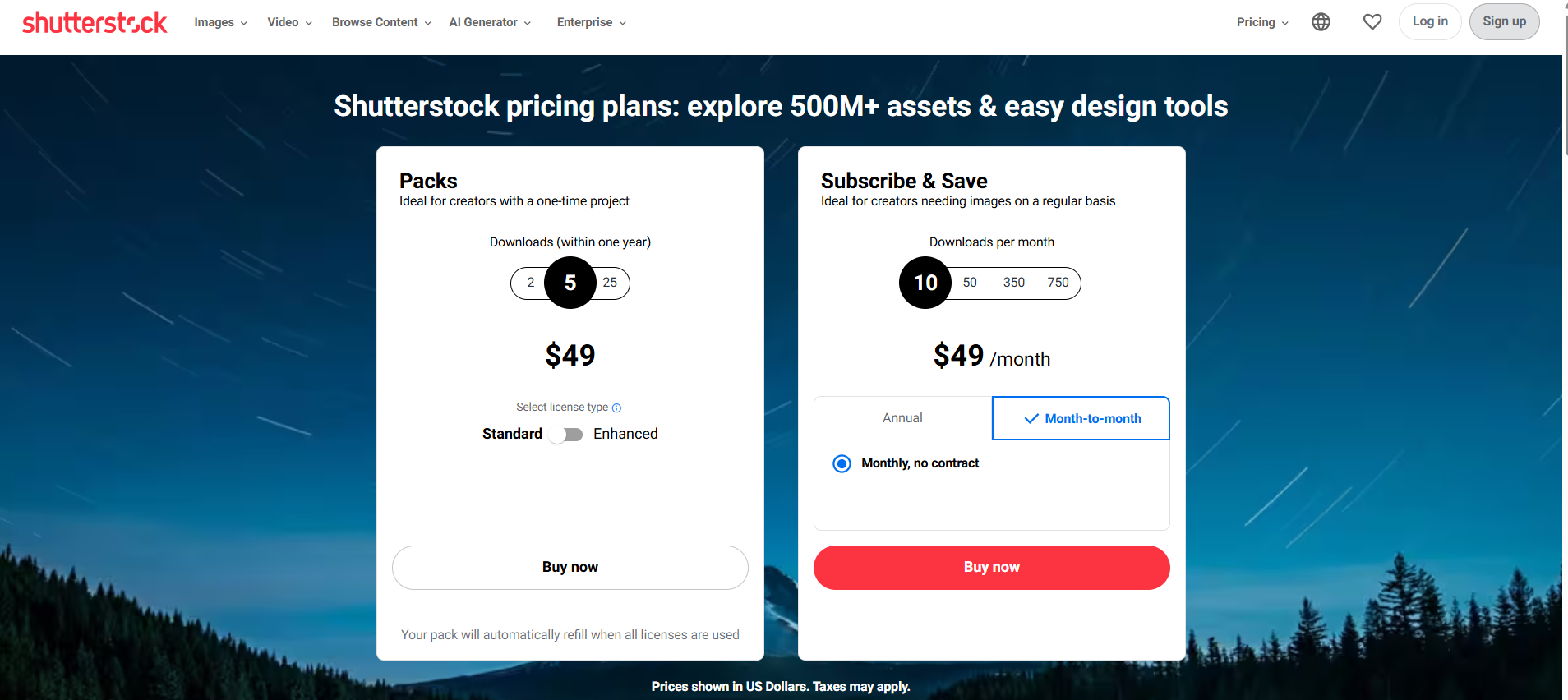

- Subscription Plans: These are designed for users who need a consistent flow of images and videos. Shutterstock offers different subscription tiers based on the number of downloads you need per month. You can typically choose between monthly or annual billing cycles, with annual often being more cost-effective.
- Standard Subscriptions: Give you access to the vast majority of Shutterstock's standard image and video library.
- Enhanced Subscriptions: Provide access to high-resolution images and videos, which are generally recommended for print-on-demand to ensure quality.
- On-Demand Packs: If your image needs are less frequent or predictable, On-Demand Packs might be a better fit. These allow you to purchase a set number of downloads that you can use whenever you need them, without a recurring monthly commitment. This can be useful for businesses just starting out or those with sporadic design needs.
- Enterprise Solutions: For larger print-on-demand businesses with high-volume needs (typically exceeding 750 assets per month), Shutterstock offers tailored Enterprise solutions.
These plans come with customized pricing, a dedicated account manager for personalized support, and other features designed for large organizations.
Alternate to Shutterstock: Printfuse Product Customizer
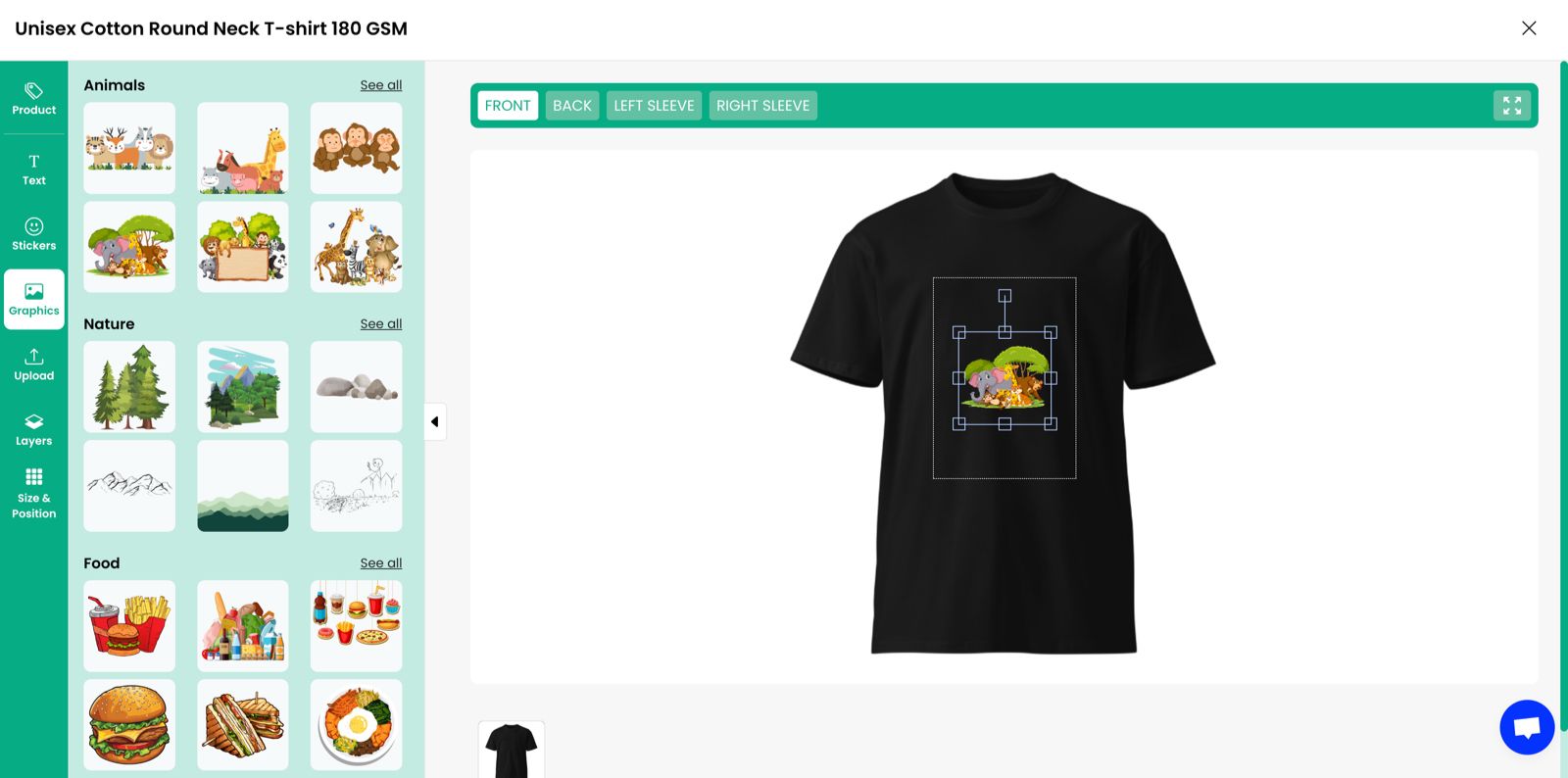

Printfuse does provide cliparts and free graphics within its product customizer tool. This is a feature that allows users to easily add design elements to their products without needing to upload their own images or purchase them from external sources like Shutterstock.
Here's what you can expect from Printfuse's offerings:
- Built-in Library: Printfuse has an integrated library of graphics and cliparts that users can access directly within the customizer.
- Variety of Themes: These graphics often cover various themes and categories to suit different product types and design styles.
- Free to Use: The cliparts and graphics provided by Printfuse are typically free for users to incorporate into their designs when using their platform.
- Ease of Use: You can usually find and add these graphics with a simple search and click within the Printfuse design interface.
- Convenience: You don't need to leave the Printfuse platform to find basic design elements.
- Cost-Effective: It can save you money if you don't need highly specialized or premium images.
- Simplified Design Process: It makes it quicker and easier to create designs, especially for users who are not graphic designers.
Conclusion
Remember that while Shutterstock offers various licenses, the Enhanced License is generally the key to legally using their images on products you intend to sell.
Always prioritize understanding the specific terms and conditions of the license you choose, and consider how you can incorporate Shutterstock images into original designs to add your unique touch.
By being diligent about licensing, respecting image rights, and being mindful of pricing, you can leverage the vast resources of Shutterstock to fuel your print-on-demand creativity and achieve success without compromising on legal compliance.

Frequently Asked Questions
-
Can I use Shutterstock for print on demand?
Yes, you can use Shutterstock images for print on demand, but you will likely need to purchase an Enhanced License. The Standard License generally restricts using images on products for resale where the image is the primary value. Always review the specific license terms.
-
Can I use images from Shutterstock for commercial use?
Yes, you can use images from Shutterstock for commercial use, but it depends on the license you purchase. The Standard License has limitations on commercial use, while the Enhanced License typically allows for broader commercial applications, including in advertising and marketing materials.
-
Can you use Shutterstock images for resale?
Yes, you can use Shutterstock images for resale, but you will typically need an Enhanced License. The Standard License usually does not permit using images on products where the image is the main selling point.
-
Can I use Shutterstock images for my business logo?
Generally, no, you cannot use Shutterstock images directly as your primary business logo. Shutterstock's licenses, including the Enhanced License, typically prohibit using their images as the core element of a trademark or logo. This is because a logo needs to be unique and legally protectable, and using a stock image as a logo could infringe on the rights of others who have licensed the same image. It's best to create a unique logo designed specifically for your brand.


Start selling custom products online with Printfuse.
Create a snapstore and sell products instantly!
